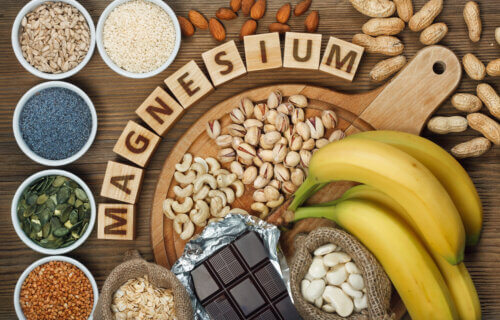Magnesium is a top-tier mineral. Over the last year or so, it has made health-related headlines for a reason. It’s recommended you consume roughly 400 mg per day, but many don’t meet this and are often magnesium deficient. By focusing on magnesium-rich foods, you can make sure you hit that target.
Magnesium is a mineral that plays a crucial role in every part of the body, from the muscles to the brain, kidneys, and heart. It’s involved in thousands of reactions. Magnesium is also key for metabolizing key nutrients like vitamin D, and regulating other minerals like sodium and potassium.
While I’ve previously detailed how taking a magnesium supplement is one of the best options among all the pills and vitamins out there, there are plenty of tasty and all-natural alternatives on the menu.
5 top food sources of magnesium
Dark Chocolate
Any chocolate lovers out there? This one is for you. In just a one-ounce portion, you can pack 65 mg of magnesium. Dark chocolate is also a fantastic source of antioxidants to reduce inflammation, as well as iron and copper.
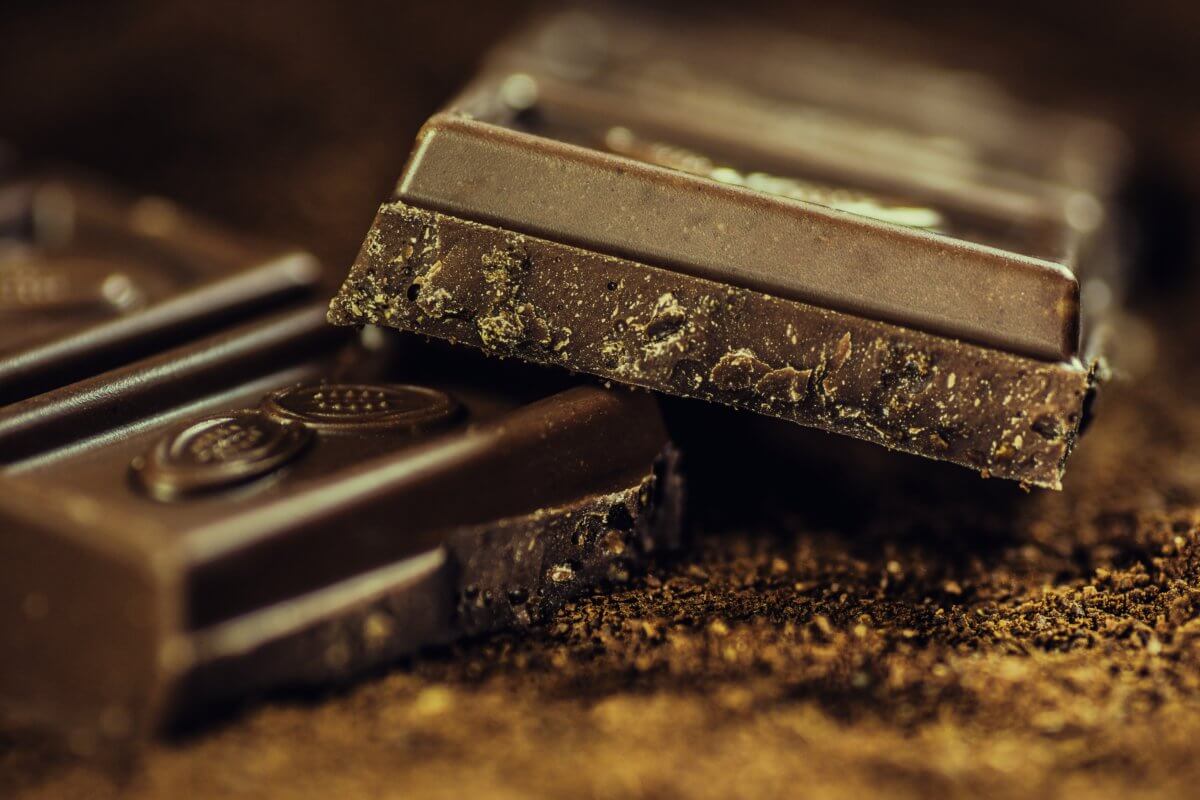
Avocados
If you’re an avocado toast lover, you’re equally in luck. One medium-sized avocado can pack close to 60 mg of magnesium. They also have more potassium than a banana and pack healthy fats, fiber, and B vitamins to keep you well-nourished.
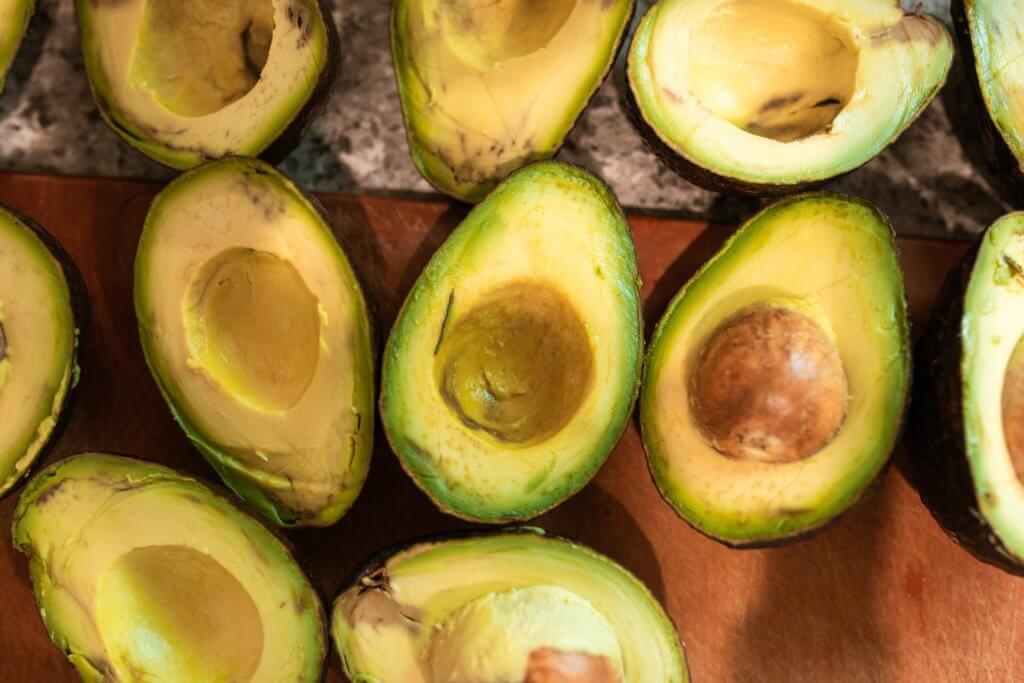
Beans
A satisfying staple around the world, beans aren’t just a vegan-friendly protein choice. A half-cup of black beans can provide 60 mg of magnesium, and the same serving of kidney beans can provide 35 mg.
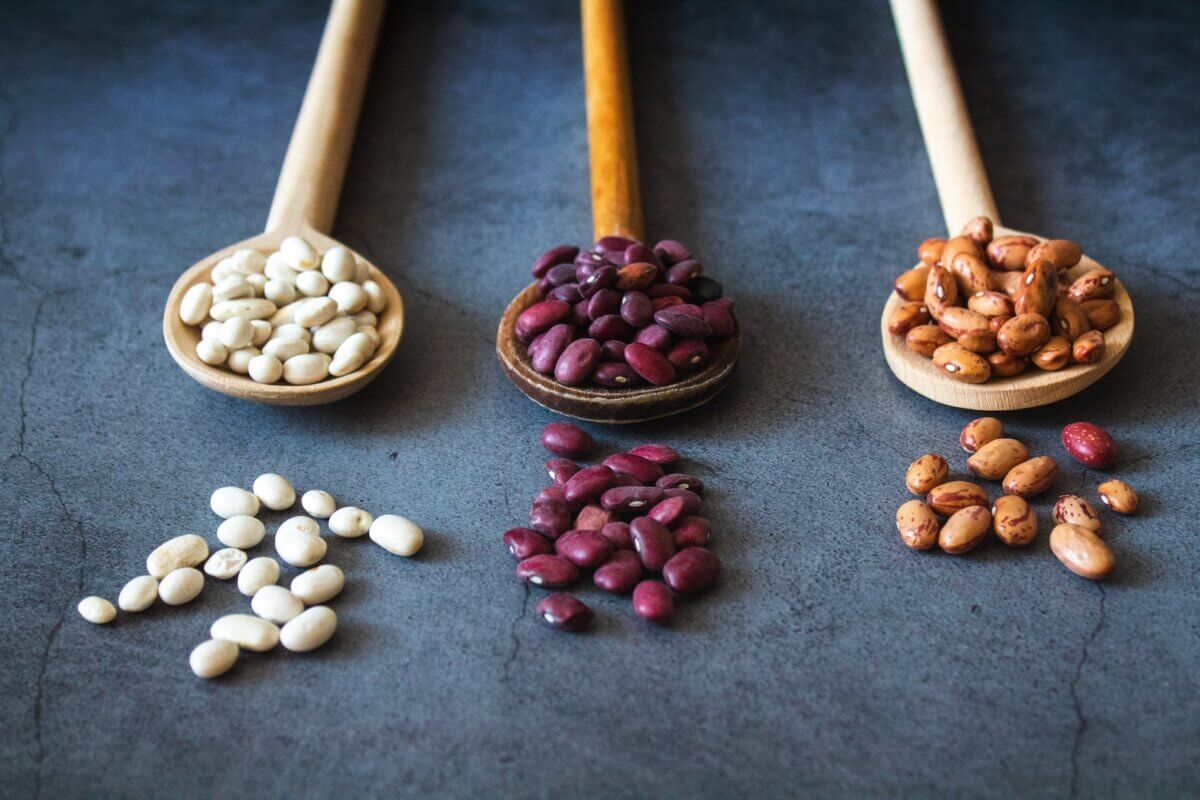
Leafy greens
Leafy greens get their nice, green hue because of chlorophyll. The most central part of chlorophyll is magnesium. Because of this, kale, spinach, turnip greens, and mustard greens are all fantastic sources. Just one cup can provide close to 160 mg of magnesium. Of course, this isn’t their only benefit. They also provide high amounts of antioxidants that help protect your cells, as well as vitamins C, A, and K.
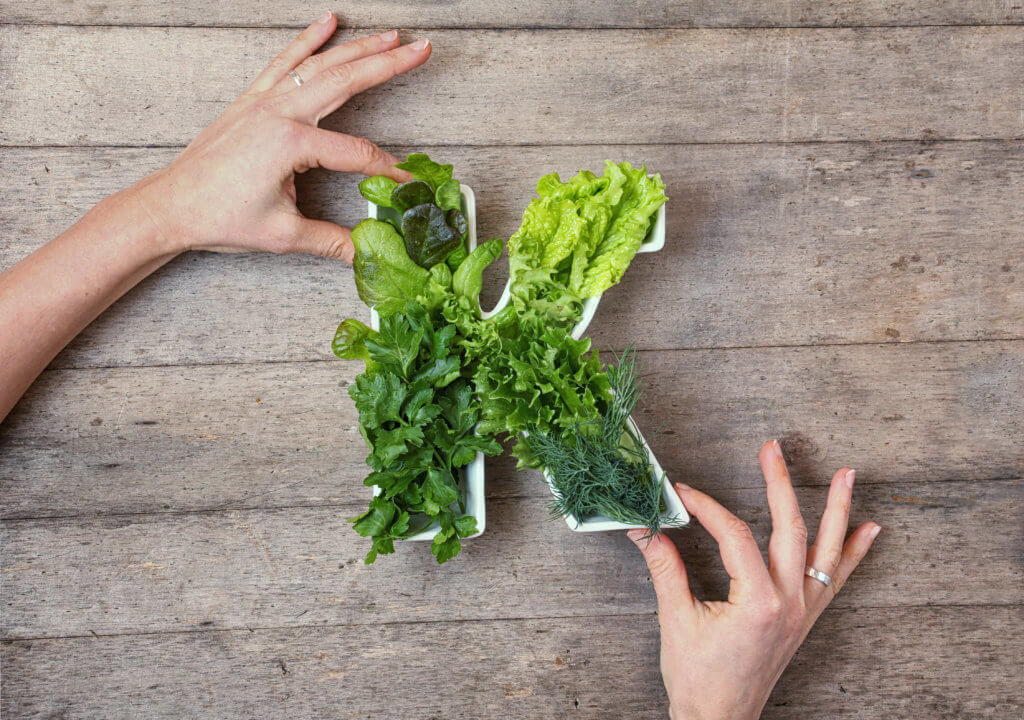
Bananas
Bananas are America’s favorite fruit. When you think banana, you probably jump straight to the thought of potassium. While they are rich in it, they also pack around 40 mg of magnesium in a large banana. Not to mention, they’re also rich in fiber, vitamin B6, and vitamin C.
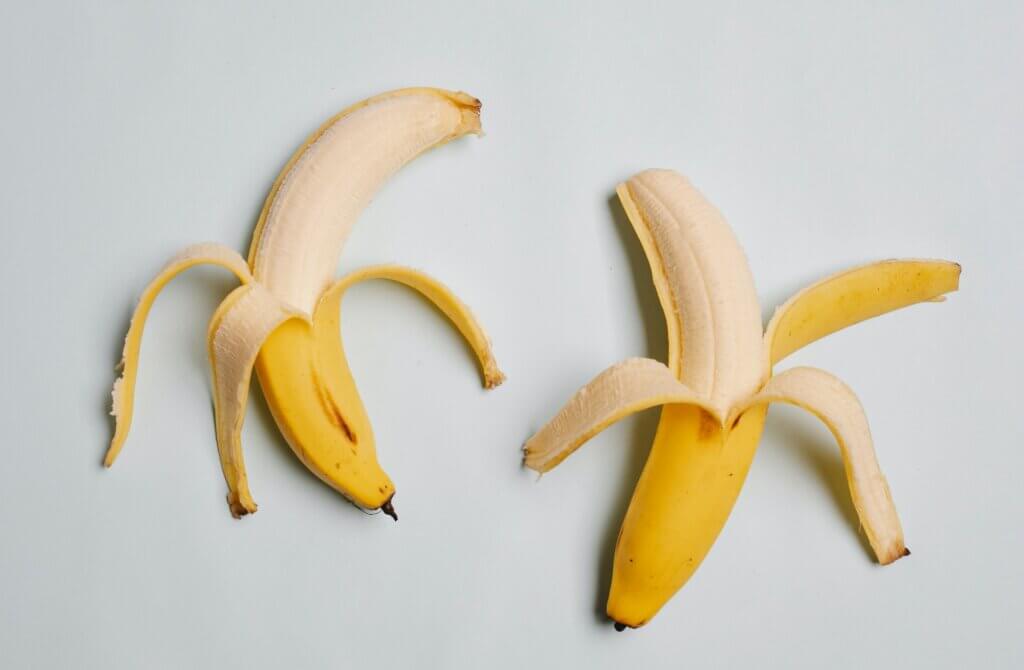
Bottom Line
There are many foods that provide magnesium, but there’s a caveat to only sourcing your magnesium through diet. Magnesium can be easily depleted from the body through things like stress and high-sugar diets. Soil quality has also decreased over the years, meaning that soils are not as rich in the mineral as they once were. Foods grown in magnesium-depleted soil will not provide as much as they could. Still, it’s important to get in as much as you can, and food can help.
Magnesium supplementation is a much more definitive way to know if you are getting enough, however. Ask your medical professional before initiating magnesium supplementation to see if it’s right for your clinical picture.

